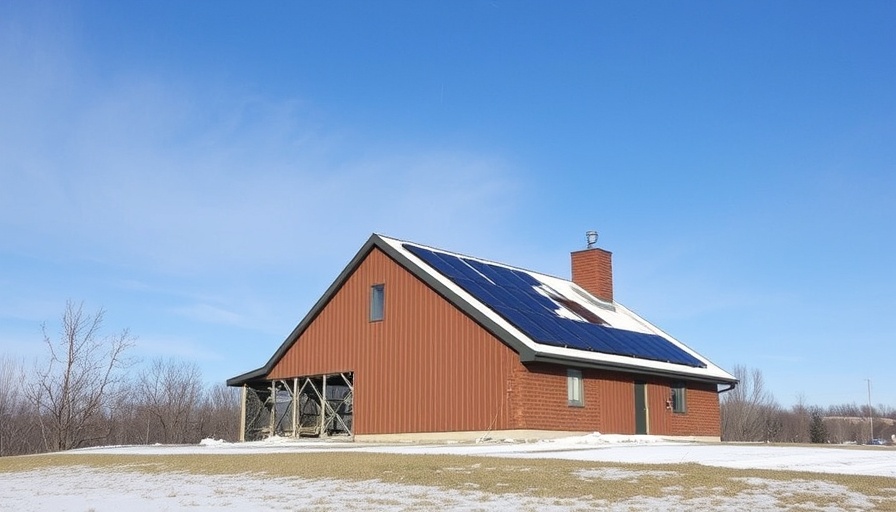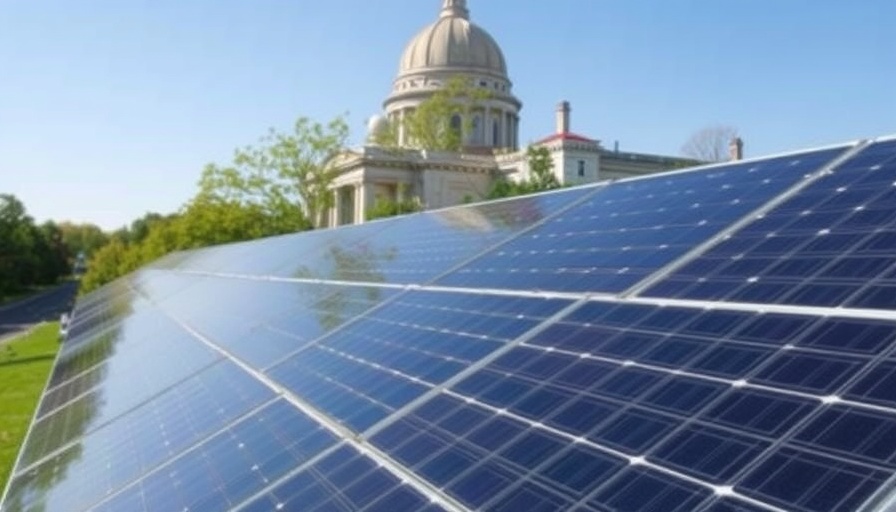
Embracing Renewable Energy in Variable Climates
For homeowners in Minnesota, the question of whether solar panels are an efficient energy solution arises frequently, particularly during the state's long, cloud-laden winters. Despite concerns about the performance of solar energy in such variable weather, this source of renewable energy continues to capture the imagination of eco-conscious consumers eager to reduce energy costs and embrace sustainability.
Understanding Solar Panel Efficiency
Solar panels work by converting sunlight into electricity, but their efficiency can indeed fluctuate depending on weather conditions. On cloudy days or during prolonged winter periods, solar output may dip significantly. However, it’s essential to understand that many solar panel systems are designed to function effectively even under less-than-ideal conditions. For example, some panels can still generate electricity when covered with snow or when sunlight is diffused.
Wind Power: The Twin Energy Giant
In a state like Minnesota, where wind is abundant, it's worth exploring the complementary relationship between solar and wind energy. Minnesota is recognized for its extensive wind farms, and the combination of wind and solar can diversify energy sources, providing a more reliable power supply. In fact, according to the U.S. Department of Energy, wind power surpassed 20% of the total electricity generation in Minnesota in recent years, a significant contributor to the state’s renewable energy landscape.
Innovative Solutions for Energy Efficiency
As homeowners seek to decrease energy bills and increase home value, investing in a hybrid system utilizing both solar and wind energy can be an innovative solution. These technologies complement each other well, especially in areas with variable climates. When solar energy production might be lacking, wind turbines can pick up the slack, ensuring that energy needs are consistently met.
The Financial Aspects of Going Solar and Wind
Adopting solar panels or wind turbines brings upfront installation costs, but programs offered by states or federal governments can help offset these investments. Tax incentives and rebates are substantial in many states, making renewable energy technologies more accessible. It’s also important to evaluate return on investment by considering long-term savings on monthly energy bills, which can substantially affect a homeowner’s financial outlook.
Local vs. Global Perspectives on Renewable Energy
The transition to renewable energy is a pressing issue globally, but it has unique local implications. In Minnesota, community support can significantly influence acceptance and implementation of solar and wind technologies. Networks of homeowners sharing experiences and resources can help build local economies around these sustainable practices. As global awareness grows, regional actions towards harnessing renewable energy can also drive broader change.
Common Misconceptions About Solar Energy
Many people believe that solar panels are ineffective in winter or on cloudy days, but this is a misconception. Solar panels can work efficiently in various weather conditions, albeit at different efficiencies. They are also a long-term investment: while the initial cost can be a deterrent, the long-term savings on energy bills and the potential to increase home value are considerable advantages that shouldn’t be overlooked.
Beyond Energy: Emotional and Community Value of Renewable Resources
Installing solar panels or wind turbines often fosters community spirit among neighbors who support sustainable practices. Engaging in these projects can create a sense of accomplishment, knowing you are contributing to environmental preservation and energy independence. Discussions around energy use and sustainability can lead to community projects, workshops, or even local advocacy for greener policies.
A Call to Action for Future Energy Consumers
For Minnesotans considering solar or wind power, evaluating all energy options is crucial. If you’re interested in securing eco-friendly energy solutions for your home, research hybrid energy systems where solar and wind work in tandem. Use resources available from local governments or energy companies to understand available grants or incentives, and start a conversation within your community about how to implement these technologies sustainably.
 Add Row
Add Row  Add
Add 



 Add Row
Add Row  Add
Add 
Write A Comment